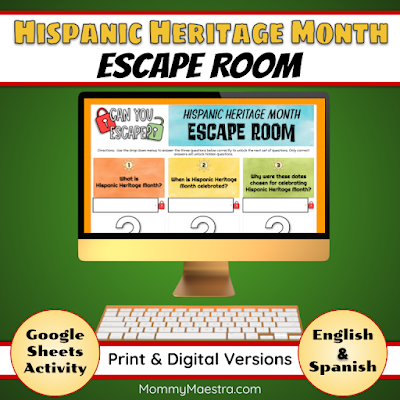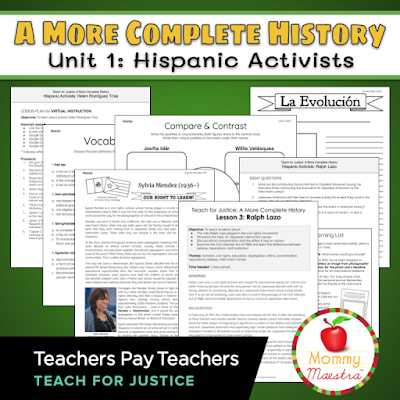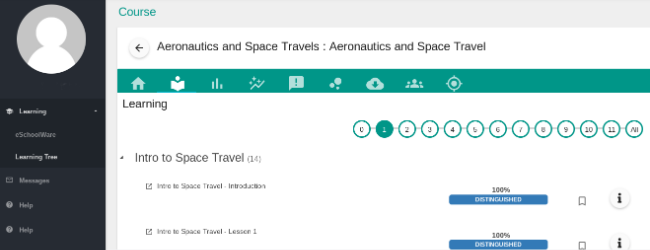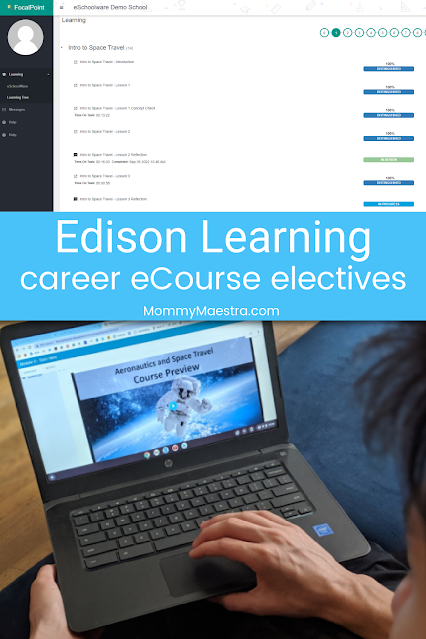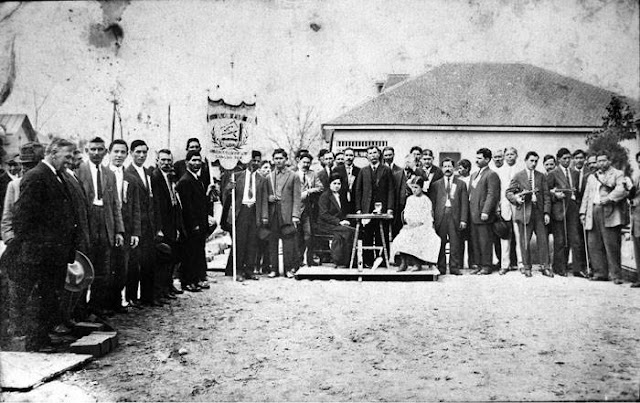The following post is a collaboration between Luvbug Learning and MommyMaestra. All thoughts and opinions are my own.
Not long ago, I shared a post on Social Emotional Learning (SEL) in homeschool. Educators across the nation are currently focused on SEL education as one of the preventative measures when it comes to school violence and shootings. But SEL is something that benefits each and every one of us. These are skills that are some of the important ones children need to learn and master...but these days, they often go undeveloped. If kids aren't learning these at school, then they need to learn them at home and vice versa. Today's post features the LuvBug app, which is one tool parents might consider using as they teach SEL at home.
This post contains affiliate links.
Name: LuvBug: Play-Based Learning
Subject(s): Social Emotional Learning (SEL) Skills
Brief Description: An interactive app for kids that teaches children social emotional learning skills through games and videos.
Price: From $6.49/mo. up to a one-time payment of $199 for lifetime access (A special discount is available for my readers if you scroll down.)
Language: English (more languages coming)
Ages: 4 years and up
Device: iOS, Android, Amazon
What are Soft Skills?
Soft skill are those that have to do with how a person works. Sometimes called "people skills," they involve how we interact with others. A few of these skills include:
- communicating,
- listening,
- empathizing,
- team work,
- openness to feedback,
- adaptability,
- time management.
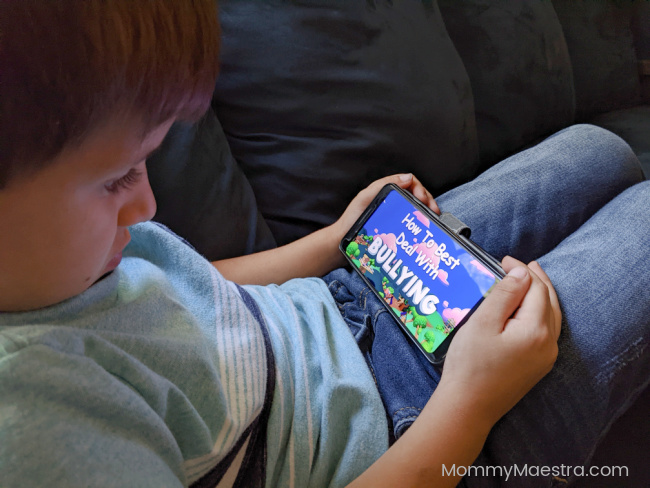
Why Teaching Feelings to Elementary Kids is Important
Emotional intelligence is the capacity to be aware of, control, and express one's emotions, and to handle interpersonal relationships judiciously and empathetically. As we grow up and emotions become more complex and (sometimes) more intense, it's important for us to be able to self-regulate. Impulse control is important. But we can't control our emotions if we don't known what we're feeling. So identifying those emotions is the first step toward self control, as well as empathy.
A Social Emotional Learning App
I introduced my 5yo to the LuvBug app the other day and as I watched him use it, I liked how the app doesn't just teach him to identify emotions, but also to imagine how other people are feeling in different situations. Teaching empathy can be hard. So this is definitely one thing I really like about this app.
For example, while playing a game, my son was presented with something along the lines of the following:
Dance party! But your friend doesn't know how to dance. How do you think they feel?- Thankful- Happy- Embarrassed
He is still too young to read, so he taps on the little help button by each word and a small window popped up with text plus audio that recites the word and what it means. He's challenged to choose the correct answer.
What I like about the app
I truly like the Parent Dashboard and the fact that it is available online and not just through the app. I prefer to access things like this on my desktop.
I'm also very picky about the amount of time my son can spend playing "video games." This wouldn't even be an issue, except that I have two older teens who like playing STEAM, Minecraft, and other games. (Now you know why my 5yo is wanting to play.)
I actually don't let him have access to an iPad except once a week for a short while. And even then it is a challenge to get him off. That's one confrontation I can avoid with this app because it shuts itself off based on the Play-Time Settings that I've set up. The app closes itself with a simple response (which I could edit if I wanted):
I can also see what topics my son learned because the Parent Dashboard gives me detailed learning results. For examples, on this day, my son correctly understood three different terms related to emotions:
I also like that I can customize what my son sees based on his age level. From the Dashboard, I can choose his level which affects what games and videos are available for him. And I can change it at any time.
Overall, I can see this app as being a really good guide for parents that shows us what concepts and skills to focus on or reinforce outside of the app.
A Discount for You!
The LuvBug app has three pricing options: - $6.49 ($8.99) a month for their annual subscription
- $10.99 a month for a 6-month subscription
- a one-time payment of $199 for lifetime access




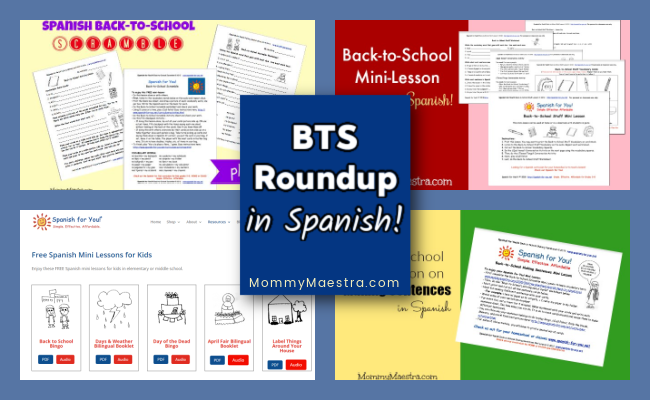

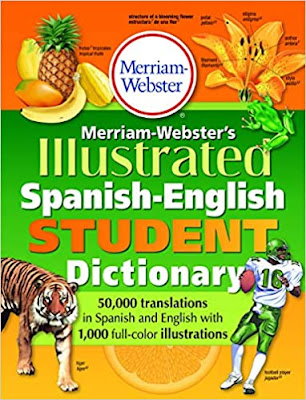




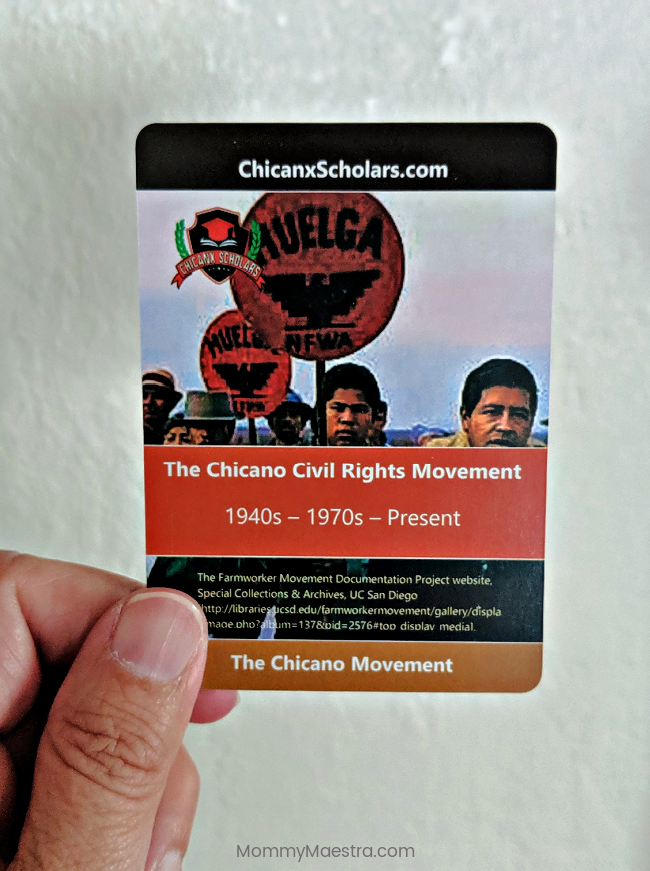
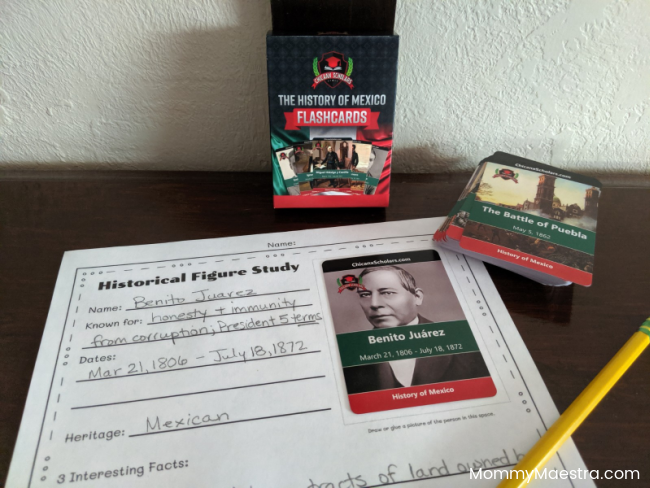












.png)
